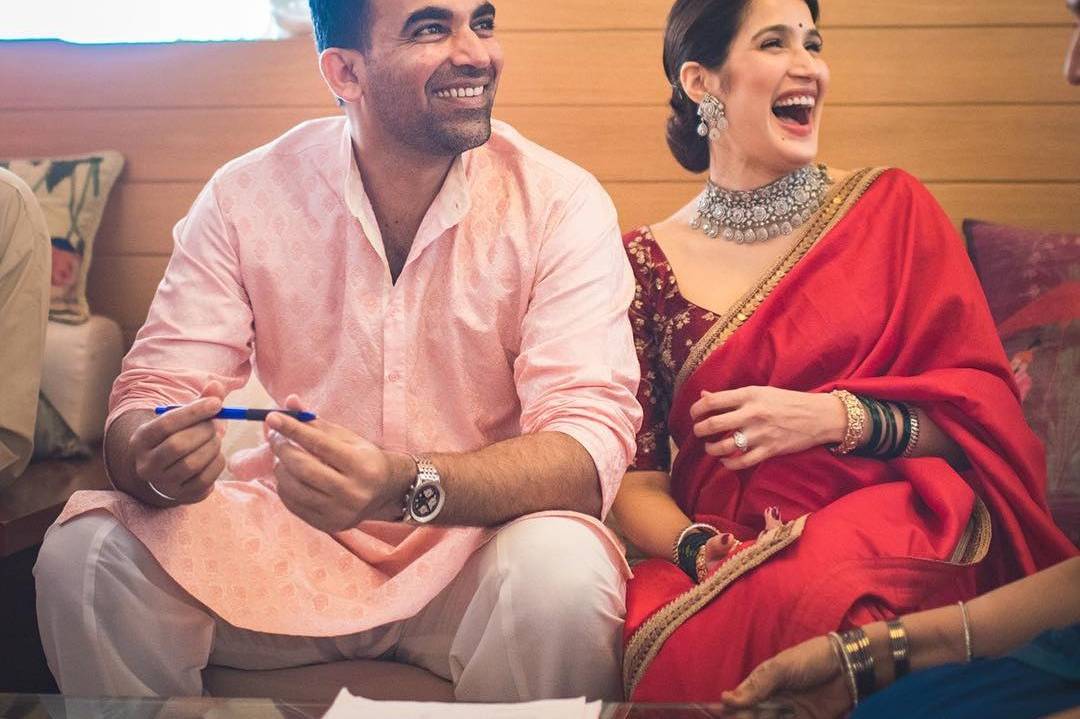Turning your favorite pastime into a profitable venture can alleviate stress and boost your income, as hobbies like pottery and coding can become thriving Indian side hustles. As Simon Sinek wisely said, “Working hard for something we don’t care about is called stress. Working hard for something we love is called passion.”
You know, it’s funny how the daily grind can sneak up on you. We’re all so busy hustling, constantly pushing, that we often don’t realize it’s creating this weird emotional vacuum inside us. It’s like we’re running on empty, and before we know it, we’re teetering on the edge of what I’d call a pre-depression stage. And honestly, that spot is often riskier than actually being depressed because it’s so subtle, so easy to ignore. It’s like a quiet, internal erosion, slowly stripping away the vibrant colors of life until everything just feels… gray.
Finding Your Anchor, Affordably
But here’s the cool part: there’s a fantastic way to fill that emptiness, to bring those colors back. It’s all about learning something new. Now, don’t get me wrong; I’m not suggesting you add another chore to your already packed schedule. This is different. This is about finding joy, purpose, and a sense of grounding.
Think about it: the feel of clay molding in your hands during a pottery class, or the intense focus you’d need to create a beautiful Tanjore painting. Maybe the sheer energy and rhythm of salsa dancing would get your blood pumping, or the comforting, creative outlet of baking. For some, it’s the intricate satisfaction of crochet, and for others, the logical puzzle-solving of coding.
Isn’t this thought relatable when you almost consider bidding farewell to your one shot at Ikigai; “But hobbies cost money!” You’re right. Even something as seemingly innocent as gardening isn’t “devoid of expenses.” You start with a few seeds, maybe some pots, good soil, and suddenly you’re looking at a bill that makes your financial planner raise an eyebrow. Or take baking flour, sugar, fancy chocolate, new molds, a stand mixer… it adds up! Pottery requires clay, glazes, kiln firing, and maybe even a wheel. Even something like salsa lessons, while initially just an hourly fee, can lead to specialized shoes, outfits, and workshops. It’s a valid concern, and it’s why many people hesitate to even begin.
But here’s the trick: you don’t have to go all in, all at once. The beauty of these therapeutic pursuits is that you can often start on a budget and take it slow. For gardening, begin with just a few easy-to-grow herbs in repurposed containers. For baking, start with simple cookies and use your existing kitchen tools. Many art forms, like Tanjore painting or crochet, can be initiated with a basic, affordable starter kit. The idea is to dip your toes in, see if it genuinely sparks joy, and only then consider a larger investment.
Embracing “Neophilia”
The best part? You don’t have to stick with the first thing you try. If pottery doesn’t quite click for you, no big deal! Just try something else. This wonderful tendency to be interested in and try many new things, sometimes without settling on just one, has a cool name: neophilia. It’s not a flaw; it’s a superpower! It shows how curious and open you are to new experiences.
These aren’t just hobbies, you know. They’re like little anchors you can drop in the midst of life’s storms. They help you reconnect with yourself, to find that inner peace, and most importantly, to prevent that emotional vacuum from ever truly taking hold again.
From Hobby To Hustle: Your Side Venture
Now, let’s talk about a powerful shift in mindset. What if you could “wire your brain” to stick to one new skill, mastering it to a point where you’re not just enjoying it, but you’re good enough to start a side hustle out of it? This transforms a perceived “expense” into an investment in your well-being and your wallet.
And if you’re already good at something – whether it’s your current hobby or a dormant talent – whose invitation are you waiting for? The world is ready for your unique offering!
Here are some easy steps to get your venture going, right here in India:
1. Test the Waters (Before Diving In!)
Before you commit a substantial investment, you’ve got to do your homework. Don’t just assume people will buy what you make.
Do your research: Hop onto Amazon, Flipkart, Etsy India, or check out local markets and social media. What are people already selling? What are customers looking for?
Talk to potential customers: Seriously, just ask! Run an informal survey, chat with friends and family, or even do a small focus group. “Would you buy this? What would you pay?”
Check out the competition: Who else is doing something similar? What are their strengths and weaknesses? How can you stand out?
Start small: Whip up a few samples, try selling them at a local pop-up, or create a simple online presence. Get some feedback before you scale up.
2. Get Registered (Keep it Simple to Start)
For a small venture, you don’t need to overcomplicate things with registrations right away.
Sole Proprietorship: This is the easiest for individual ventures. You basically just need your PAN, Aadhaar, and a bank account in your business name.
Udyam Registration: This is a free online registration for small businesses (MSMEs). It’s super helpful if you want to access government schemes or loans later. All you need is your Aadhaar.
GST Registration: You’ll only need this if your annual turnover crosses certain limits (currently ₹40 lakhs for goods and ₹20 lakhs for services in most states, but always double-check the latest rules for your specific state and business).
Other licenses: Depending on what you’re selling (like food items needing an FSSAI license), you might need specific licenses. Do a quick search for your niche.
3. Explore Government Support for Women (India)
There are some fantastic schemes to help women entrepreneurs get financial support:
Mudra Loans (Pradhan Mantri Mudra Yojana – PMMY):
Good for Women: This scheme really encourages women to start businesses.
Categories: They have loans from ₹50,000 (Shishu – for new businesses) up to ₹10 lakh (Tarun – for established ones).
No Collateral: No collateral is required for loans up to ₹10 lakh.
How to Apply: Head to any public or private sector bank. You’ll need your KYC documents, business proof, and a simple project report.
4. Stand-Up India Scheme:
This scheme helps you get bank loans between ₹10 lakh and ₹1 Crore to start a brand-new business (greenfield enterprise). It aims to support at least one woman borrower and one SC/ST borrower per bank branch.
Who can apply: If you’re a woman entrepreneur over 18, and not a defaulter to any bank.
Loan Type: It’s a combined loan for both long-term needs and daily operational costs.
How to Apply: Visit a bank branch or check out the Stand-Up India portal online.
5. PMEGP (Prime Minister’s Employment Generation Programme):
Helps create jobs by supporting small businesses in non-farm sectors.
Who can apply: Any individual over 18. If your project is above ₹10 lakh (manufacturing) or ₹5 lakh (service/business), you need to have at least an 8th-grade pass certificate.
Awesome Subsidies: There are significant subsidies available, especially for women! You could get 25-35% of your project cost as a subsidy.
How to Apply: Apply online through the KVIC portal.
At the end of the day, investing in a hobby that brings you joy and mental peace is often a much better use of your resources than the growing bills from a therapist (though, of course, seek professional help when you need it!) or the lingering regret of unfulfilled ambitions. It’s about self-care that potentially pays you back, not just in money, but in profound satisfaction and a renewed sense of purpose. So, what new skill are you excited to dive into and maybe even turn into something more?





